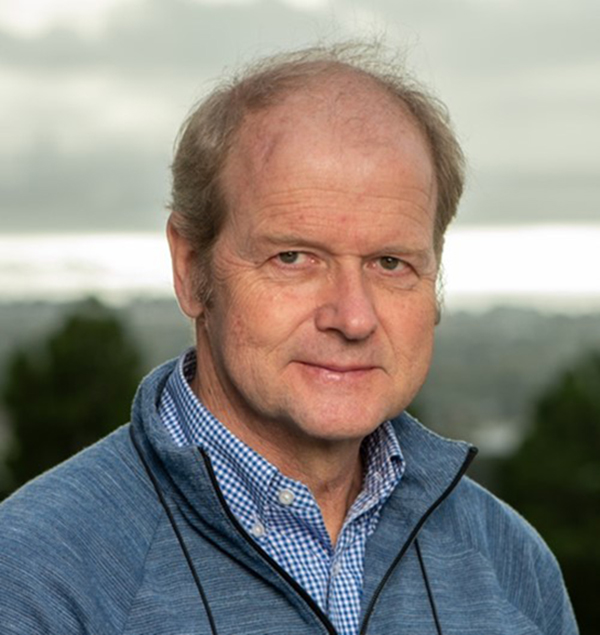NPRE 596 Graduate Seminar Series - Kai Vetter

- Sponsor
- NPRE 596 Graduate Seminar Series
- Speaker
- Prof. Kai Vetter, Director, Institute for Resilience Communities, Head of Applied Physics Program, Nuclear Science Division, University of California, Berkeley
- Cost
- Free and Open to the Public
- nuclear@illinois.edu
- Phone
- 217-333-2295
- Views
- 105
- Originating Calendar
- NPRE seminars
Applied Nuclear Physics at the Intersection of Science, Technologies, and Society
Kai Vetter1,2
1 Department of Nuclear Engineering, University of California Berkeley, Berkeley, California 94720, USA
2Applied Nuclear Physics, Lawrence Berkeley National Laboratory, Berkeley, California, 94720, USA
Abstract: Recent developments in radiation detection in combination with the enormous advances in computer vision and data processing enable unprecedented capabilities in the detection, mapping, and visualization of radiological and nuclear materials. These advancements are of relevance to preventing and to quickly and effectively responding to the misuse of radiological or nuclear materials as well as to monitoring the operation of nuclear facilities and guiding their decontamination and decommissioning. In our Berkeley Applied Nuclear Physics program we have developed a range of multi-sensor technologies such as the Scene Data Fusion (SDF) concept, which does not only enable the mapping and visualization of radiological materials in three dimensions and in near-real time, it is agnostic to the deployment platform and even the specific radiation detection or imaging modality. It can be deployed on human-occupied or remotely operating ground- or aerial based robotics platforms with wide range of radiation detectors and imagers. In my presentation, I will discuss some of these developments and show results from measurements performed over the last 10 years in Fukushima in Japan, in Chornobyl in Ukraine, and at several locations in the U.S. My “historical” review of our measurements will allow me to illustrate the evolution of technologies and our advances in radiation imaging instruments which resulted in compact gamma-ray and neutron imaging systems that consists only of active detector elements providing omni-directional imaging capabilities that can operate on small unmanned aerial vehicles. I will also briefly discuss some complementary efforts in our program, ranging from enabling new nuclear physics and astrophysics experiments to enhancing imaging capabilities to enable the full potential of cancer treatment modalities associated with high relative biological effectiveness such as targeted alpha particle therapy or external proton-beam therapy.
Bio: Kai Vetter is Professor, Vice Chair, and Head Graduate Advisor in the Department of Nuclear Engineering at the University of California, Berkeley; He holds a joint position as Faculty Senior Scientist and Head of the Applied Nuclear Physics program at the Lawrence Berkeley National Laboratory and is co-founder of Gamma-Reality Inc. He obtained his Ph.D. in Nuclear Physics at the University of Frankfurt in Germany. Professor Vetter’s main research interests are in the development and demonstration of new concepts and technologies in radiation detection to address some of the outstanding challenges in fundamental sciences, nuclear security and safety, and health. He leads and oversees a wide range of developments in radiation detection and imaging and the fusion of nuclear with complementary data that are relevant for example in the mapping of contamination in Fukushima or the verification of ion-cancer therapy. He founded the Institute for Resilient Communities that was established in 2015 to address the need to better integrate advancements in sciences and technologies with communities locally and globally. Prof. Vetter initiated and still oversees the Berkeley Radwatch and DoseNet programs with the goal to engage the next generation in performing environmental measurements employing fundamental science and engineering concepts and to expand across regions, nations, and cultures. He has authored and co-authored more than 200 publications in peer-reviewed journals and is fellow of the American Physical Society. He received Presidential Citations from the American Nuclear Society twice, for his engagement in Fukushima through measurements and enhancing community resilience.